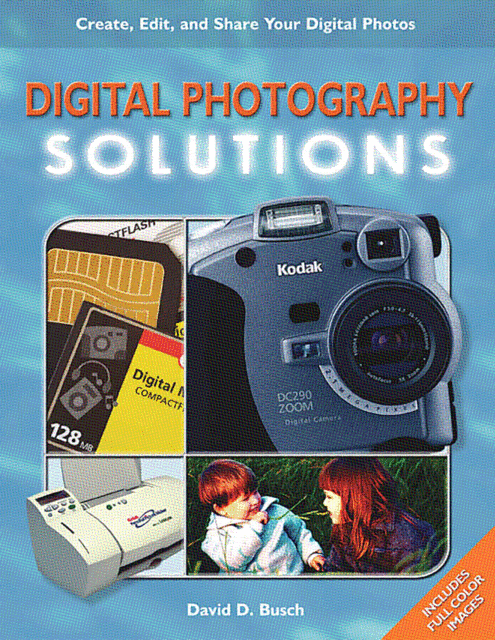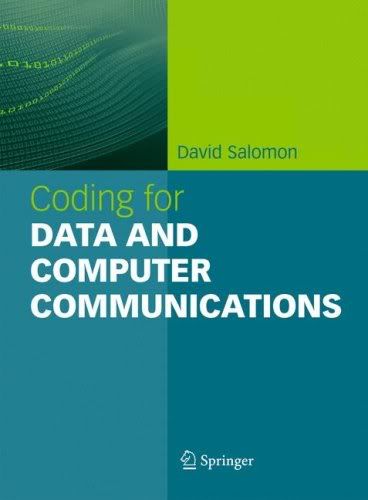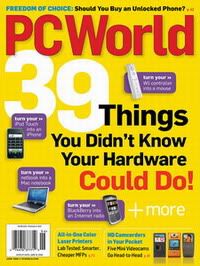***********************************************************************************

Current graphics software and hardware combine to allow multiple-level functionality and open up new application areas for scientists of all disciplines, and for computer scientists and engineers in particular.
This thoroughly revised edition of this integrated guide explains and lists readily available graphics software tools and their applications, while also serving as a shortcut to graphics theory and programming. It grounds readers in fundamental concepts and helps them use visualization, modeling, simulation, and virtual reality to complement and improve their work.
Features:
? Comprehensive and practical coverage of software graphics tools
? Includes 6 new chapters on OpenGL Programming in Java, Curved Models, Vertex Shading, Pixel Shading and Parallel Processing, Programming in Java3D, OpenGL Shading Language, Direct3D Shader Programming [NEW]
? Updated graphics software tools, with new information and format [NEW]
? Additional descriptions and examples [NEW]
? Provides a uniquely categorized compendium of 293 3D graphics software tools
? Concise listings of platforms and pricing, applications, examples, functions, and related Web resources
? Shortcuts to practical graphics principles and methods
? Contains extensive appendices including the addition of basic mathematics in 3D graphics [NEW]
? Extensive pointers to websites and other proven helpful sources
? Combines theory and OpenGL programming with an easy-to-follow approach
A concise, practical introduction to graphics theory and programming, practitioners as well as advanced students will find this accessible revised text an authoritative and useful catalogue of working software tools and methods.
Professor Jim X. Chen is the Director of the Computer Graphics Laboratory at George Mason University and Editor of the Visualization column, and the Visualization Portal, for the IEEE magazine, Computing in Science and Engineering. In addition he is the author of the successful Foundations of 3D Graphics Programming: Using JOGL and Java3D, also now in its second edition.
Key Topics:
OpenGL Programming in Java (NEW)
Curved Models (NEW)
Vertex and Pixel Shading in Cg on Java Platform (NEW)
Programming in Java3D (NEW)
OpenGL Shading Language (GLSL) in C/C++ (NEW)
Direct3D and High Level Shading Language Programming (NEW)
Objects and Models
Transformation and Viewing
Color and Lighting
Blending and Texture Mapping
 Download
Download
Latest Version
http://uploading.com/files/MBXR254A/Guide.To.Graphics.Software.Tools.2nd.Edition.rar.html
***********************************************************************************
Artificial Intelligence and Expert Systems for Engineers
 Introduction
Introduction
Engineer utilise principles of science and mathematics to develop certain technologies. These technologies are then used to create engineered artifacts such as products, structures, machines, processes or entire systems. However, this is too abstract a definition for the engineer’s sphere of operation. It must be analysed in greater detail for an understanding of how engineers create the artifacts that improve the quality of life. When an engineer creates an artifact in any area of application, he has to employ a host of related activities like planning, conceptual design, analysis, detailing, drafting, construction, manufacturing and maintenance. Depending on the type of problem that is being addressed and the domain, different combinations and different sequences of these activities are undertaken. Right from the days of ENIAC, the first digital computer, computers have been extensively used by the engineering community to expedite or automate some of the numerous tasks. The history of the use of computer in engineering problems parallels the developments in computer hardware and software technology. Such developments have advanced at such an unbelievable pace in the past fifteen years that today’s desktop computers are far more capable than the mainframe computers of the last decade. Developments are not constrained to faster CPUs alone. The emergence of improved paradigms such as parallel and distributed computing, backed up by appropriate software environments, has virtually transformed the direction of research in computer usage in engineering. From the development of faster and faster algorithms, we have moved to developments for evolving improved methods of assistance. This has resulted in the transformation of computers from large numerical computing machines to aids to engineers at every stage of problem solving. Numerical computing-intensive tasks were the early applications attempted to be solved with the aid of computers in the early days of computer usage by the engineering community. Research in
the areas of computer graphics, database management systems and Artificial Intelligence (AI) along with the development of faster and more powerful hardware platforms accelerated and widened the use of computers for engineering problem solving. Computer graphics tools improved the visualisation capabilities, thereby making it possible for complete graphical simulation of many engineering processes. DataBase Management Systems (DBMS) provided engineers with necessary tools for handling and manipulating the large amount of data generated during processing in a systematic and efficient manner. Integration of spatial information handling and graphical presentation with DBMS provided a very powerful tool, viz., the Geographical Information System (GIS), which has really revolutionised computer-assisted execution of many tasks in many disciplines of engineering. Still, all these developments helped only numerical computing-intensive, data-intensive and visualisation-based problems. One of the major tasks in many of the activities mentioned earlier is decision making, which is required in different stages of execution of each of the tasks. Decision making requires processing of symbolic information in contrast to the conventional data processing, handling of facts and inference using domain knowledge. Inference is nothing but search through the knowledge base using the facts. The intensive research carried out in the area of AI in the last four decades resulted in the emergence of a number of useful techniques which can be used for solving many complex
 Download
Download
Latest Version
http://uploading.com/files/14C4YWQM/...neers.pdf.html
***********************************************************************************
How Spacecraft Fly

The aim of this popular science text is to explain aerodynamic and astrodynamic flight without the use of mathematics, in an informal style, for non-technical readers who are interested in spaceflight and spacecraft.
The book will open with a concise introductory chapter, chronicling the ’space age’ up to the present, and a brief ‘forward look’ into near-future developments. Chapter 2 provides the historical context upon which the current developments in spaceflight have been built. Orbital motion will be introduced in Chapter 3, and how to get there using launch vehicles is addressed in Chapter 4. Chapters 5 and 6 look at how spacecraft are designed, and Chapter 7 addresses the additional design constraints imposed if the spacecraft has a human crew on board. Chapter 8 gives examples of current and proposed spacecraft missions, both Earth orbiting and interplanetary. Chapter 9 will look at near future manned flight developments – for example, a mission to Mars and/or space tourism. The book closes with a concluding chapter, which reflects on prospects for the future of robotic and manned space exploration.
 Download
Download
Latest Version
http://uploading.com/files/SD46H23M/How.Spacecraft.Fly.rar.html
***********************************************************************************
The Communications Handbook

25Mb | PDF | 1616 pages |ISBN-10: 0849309670 | English
INFO
Review Source: Product Description For more than six years, The Communications Handbook stood as the definitive, one-stop reference for the entire field. With new chapters and extensive revisions that reflect recent technological advances, the second edition is now poised to take its place on the desks of engineers, researchers, and students around the world.From fundamental theory to state-of-the-art applications, The Communications Handbook covers more areas of specialty with greater depth that any other handbook available.TelephonyCommunication NetworksOptical CommunicationsSatellite CommunicationsWireless CommunicationsSource CompressionData RecordingExpertly written, skillfully presented, and masterfully compiled, The Communications Handbook provides a perfect balance of essential information, background material, technical details, and international telecommunications standards. Whether you design, implement, buy, or sell communications systems, components, or services, you’ll find this to be the one resource you can turn to for fast, reliable, answers.
***********************************************************************************
 NME - July 2009 (Michael Jackson Tribute)
NME - July 2009 (Michael Jackson Tribute)
| English | 75 pages | 22.7 Mb

















